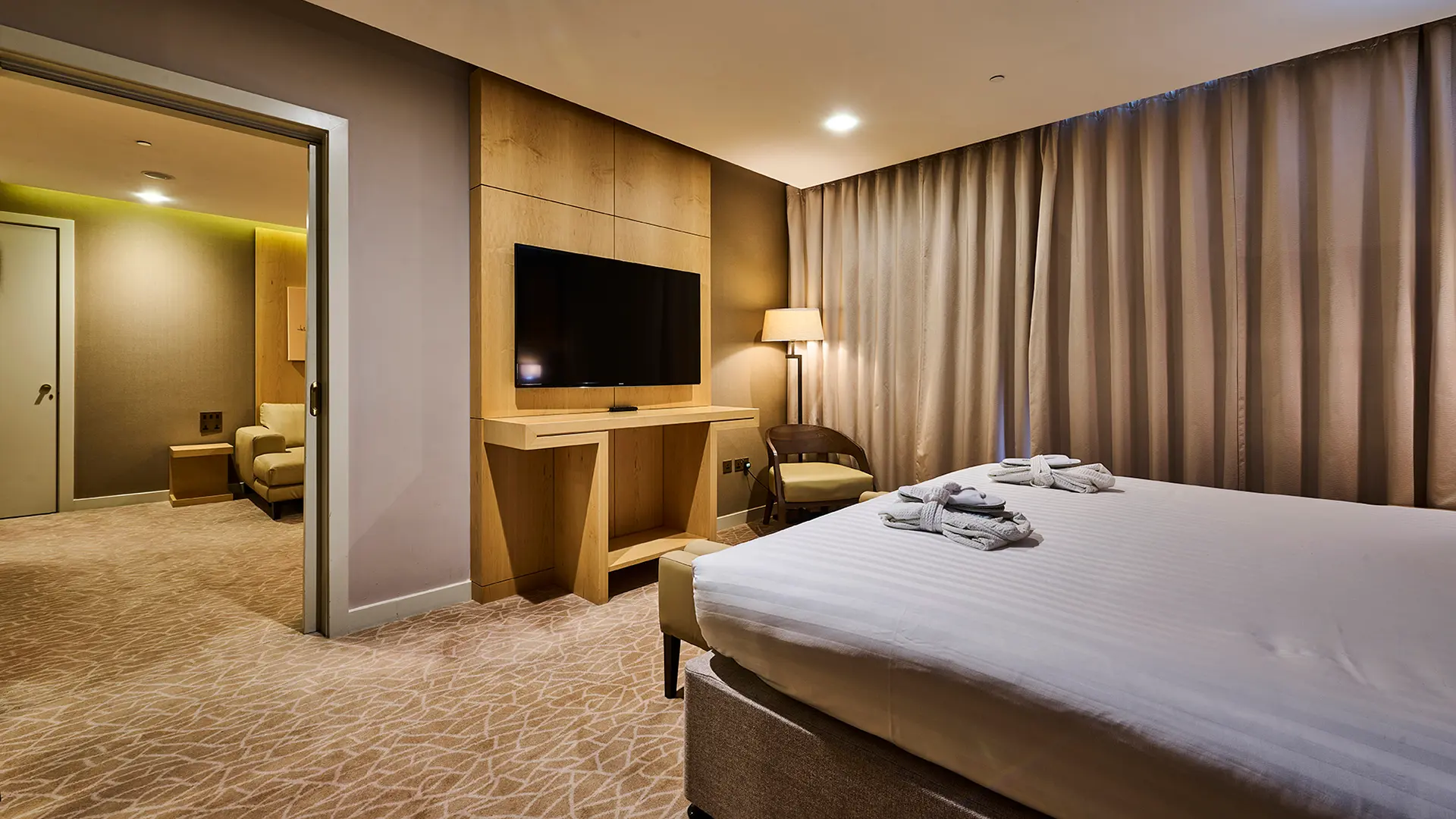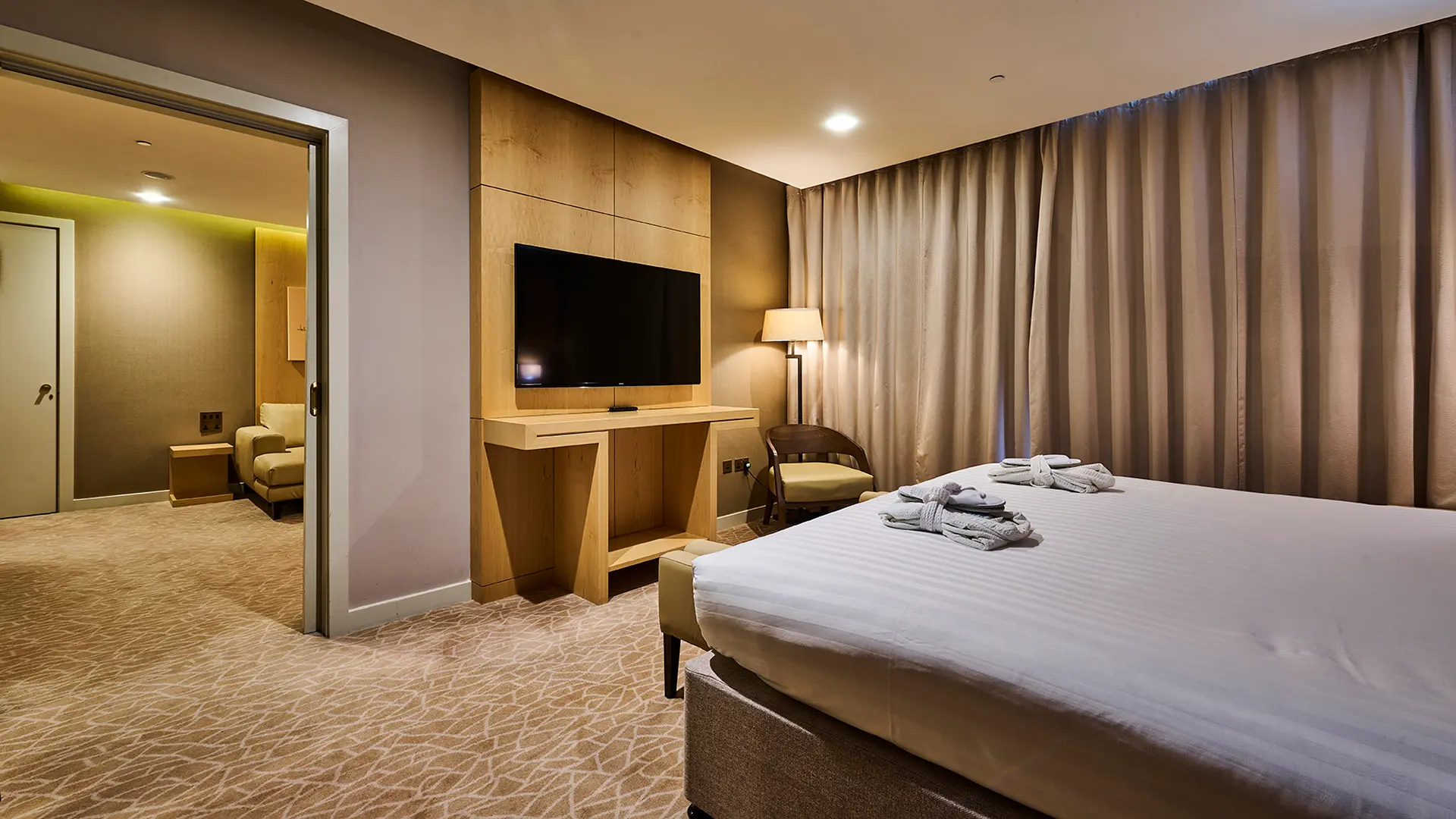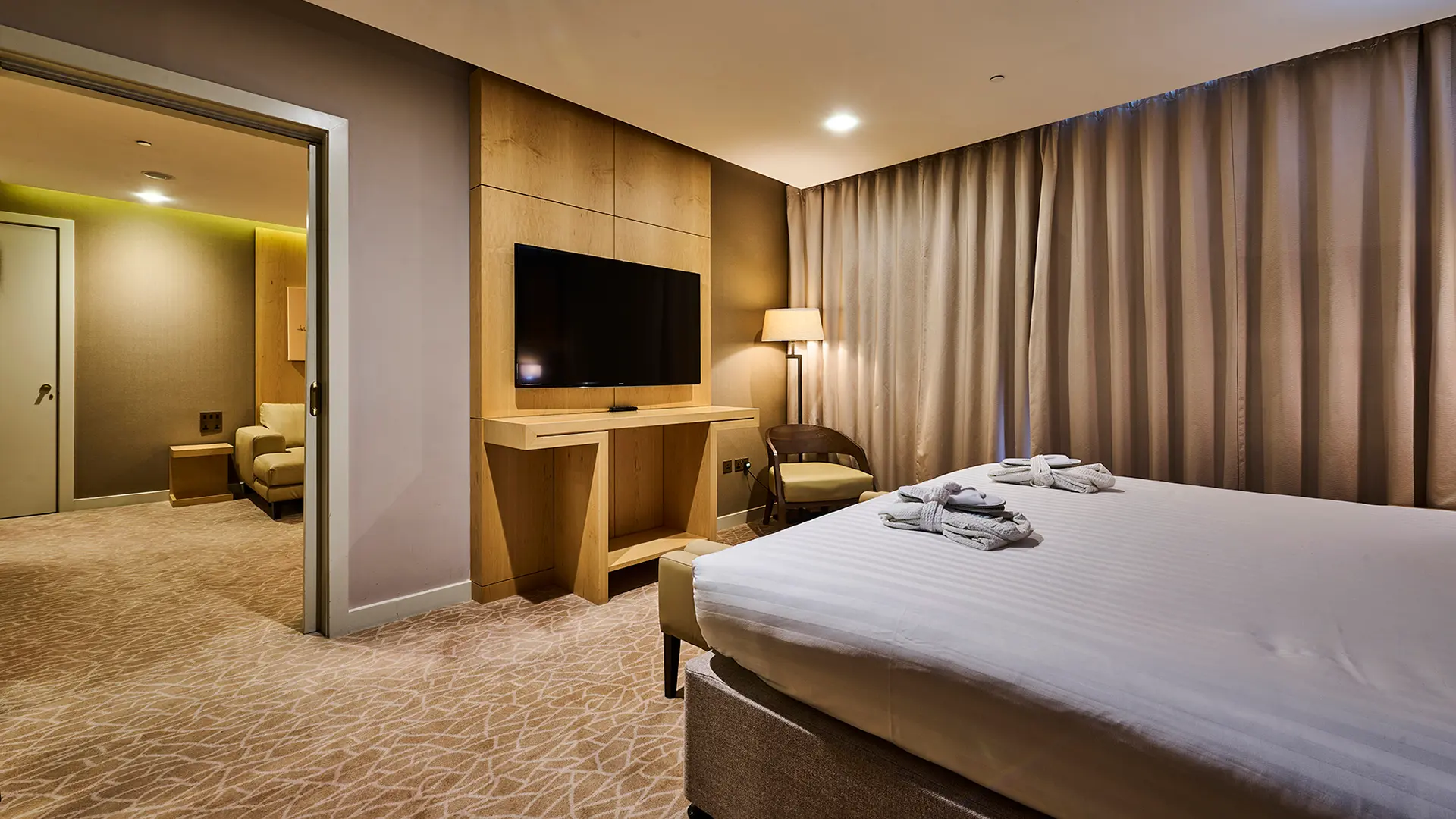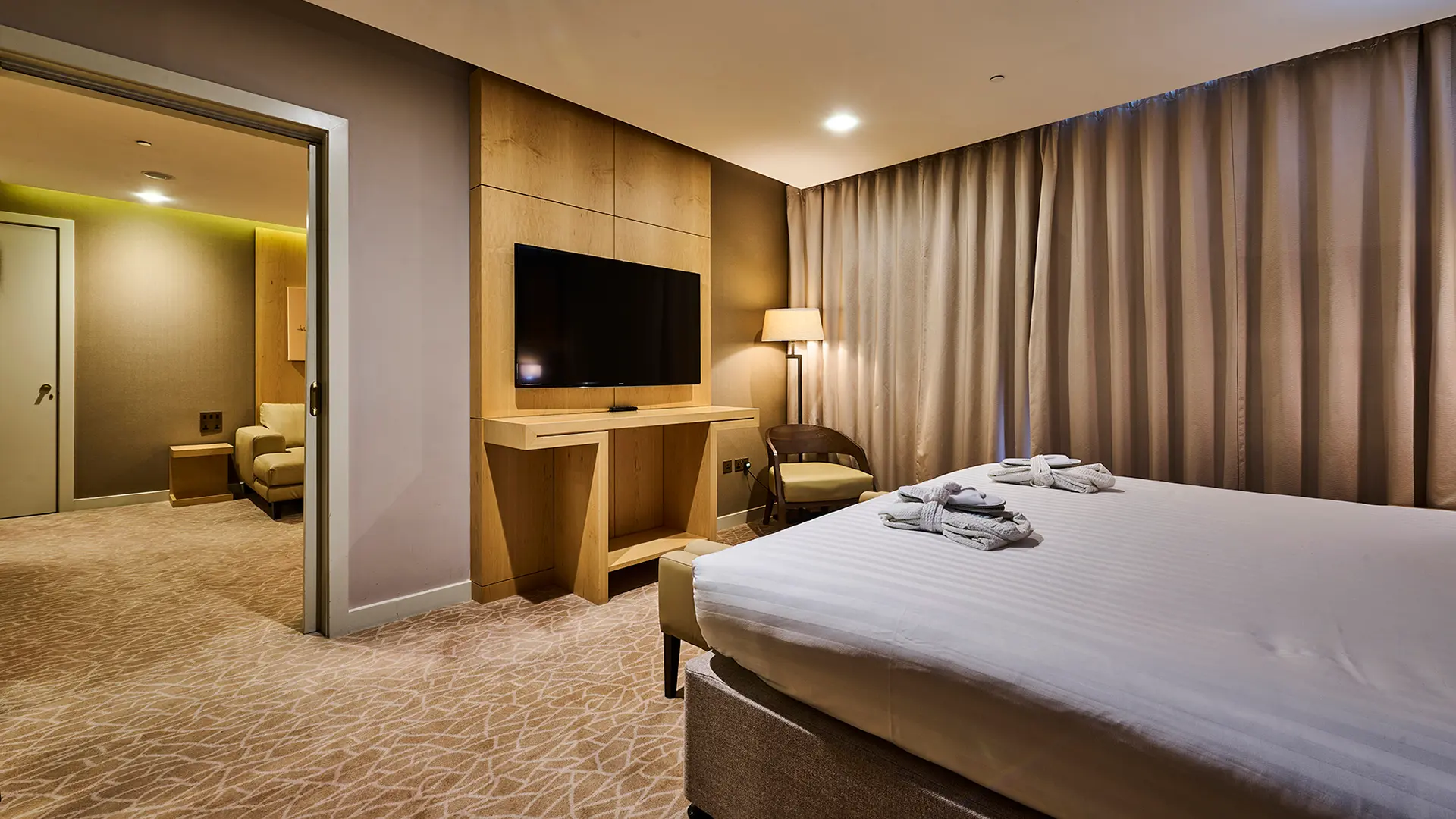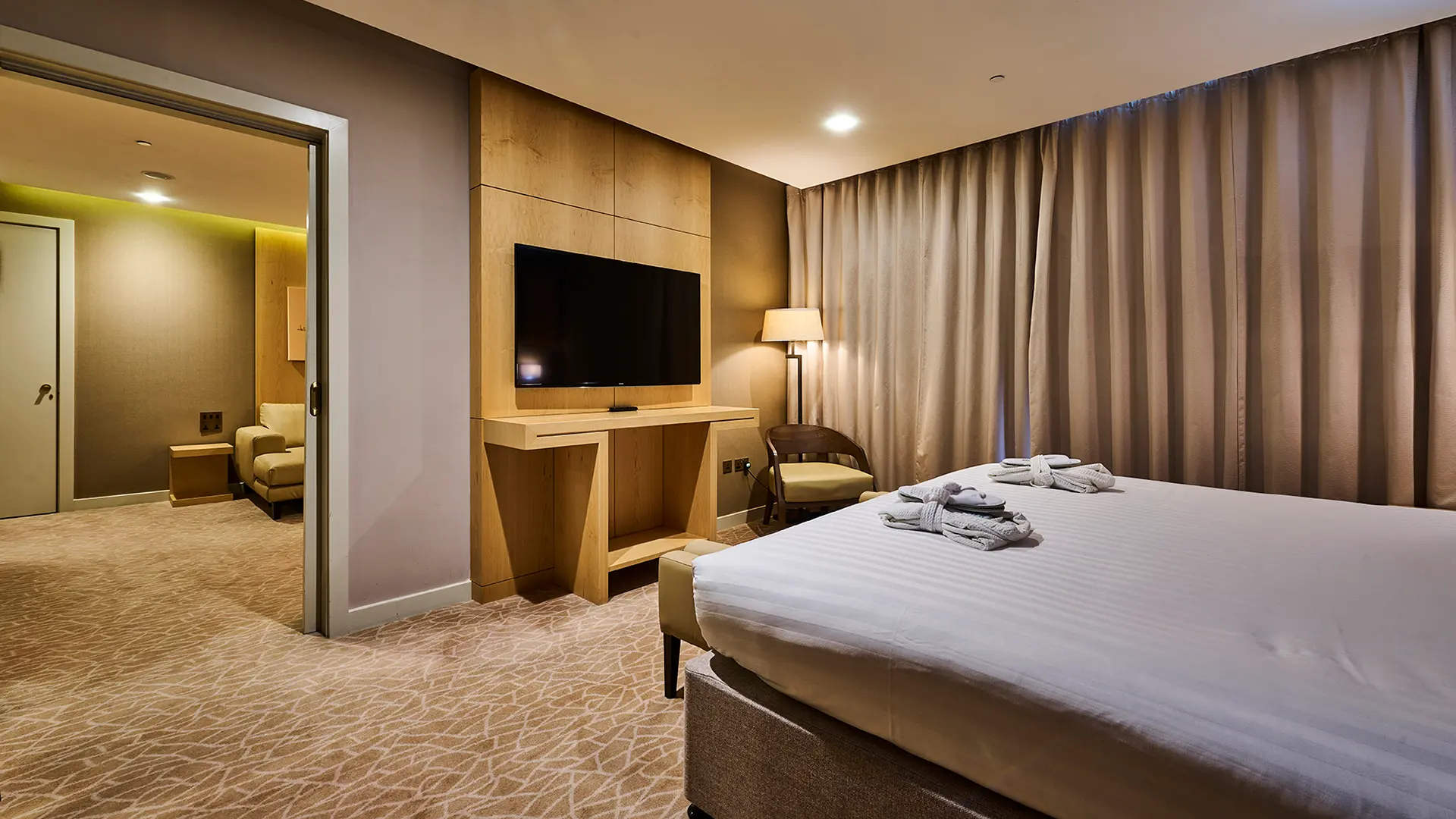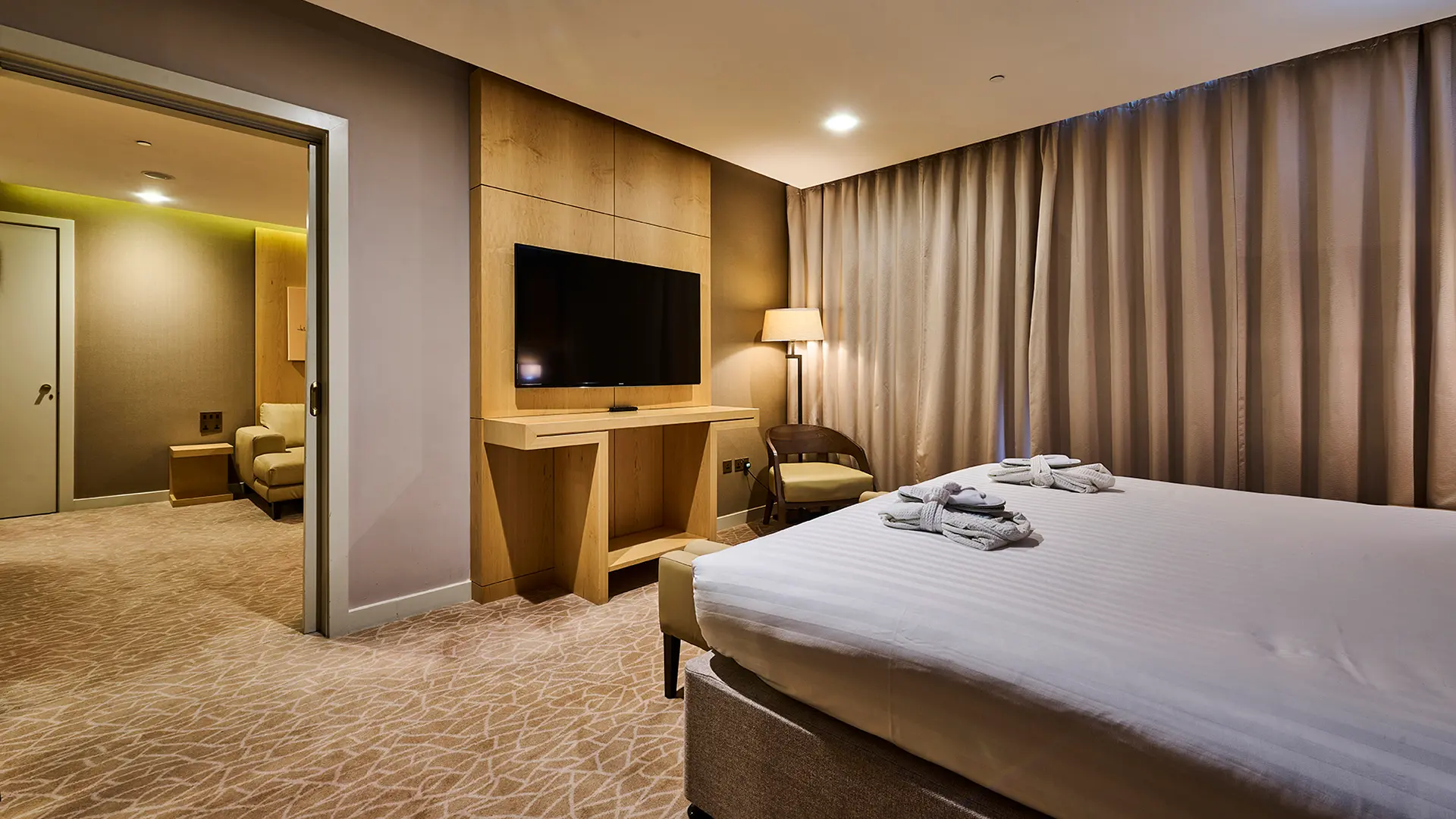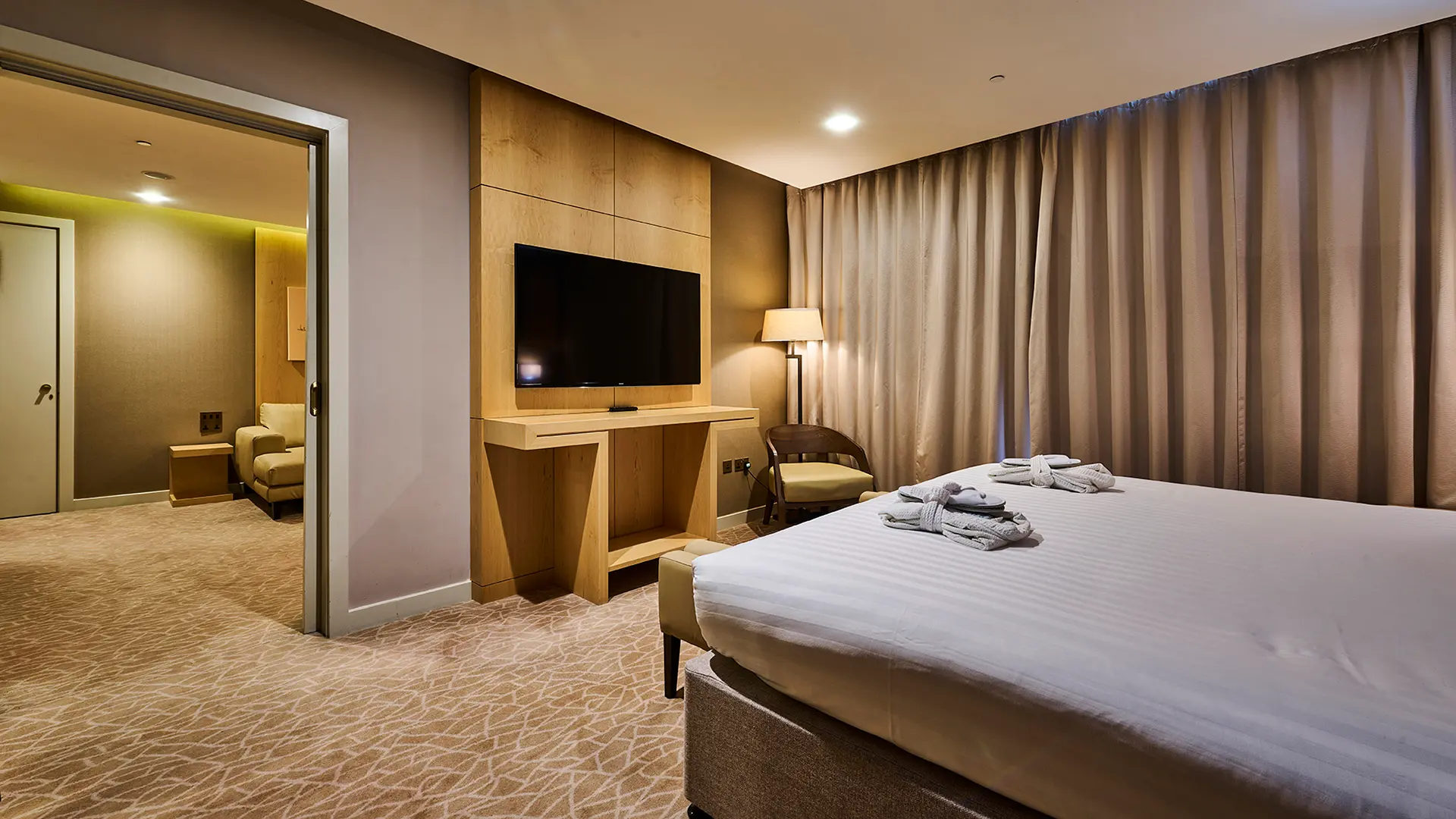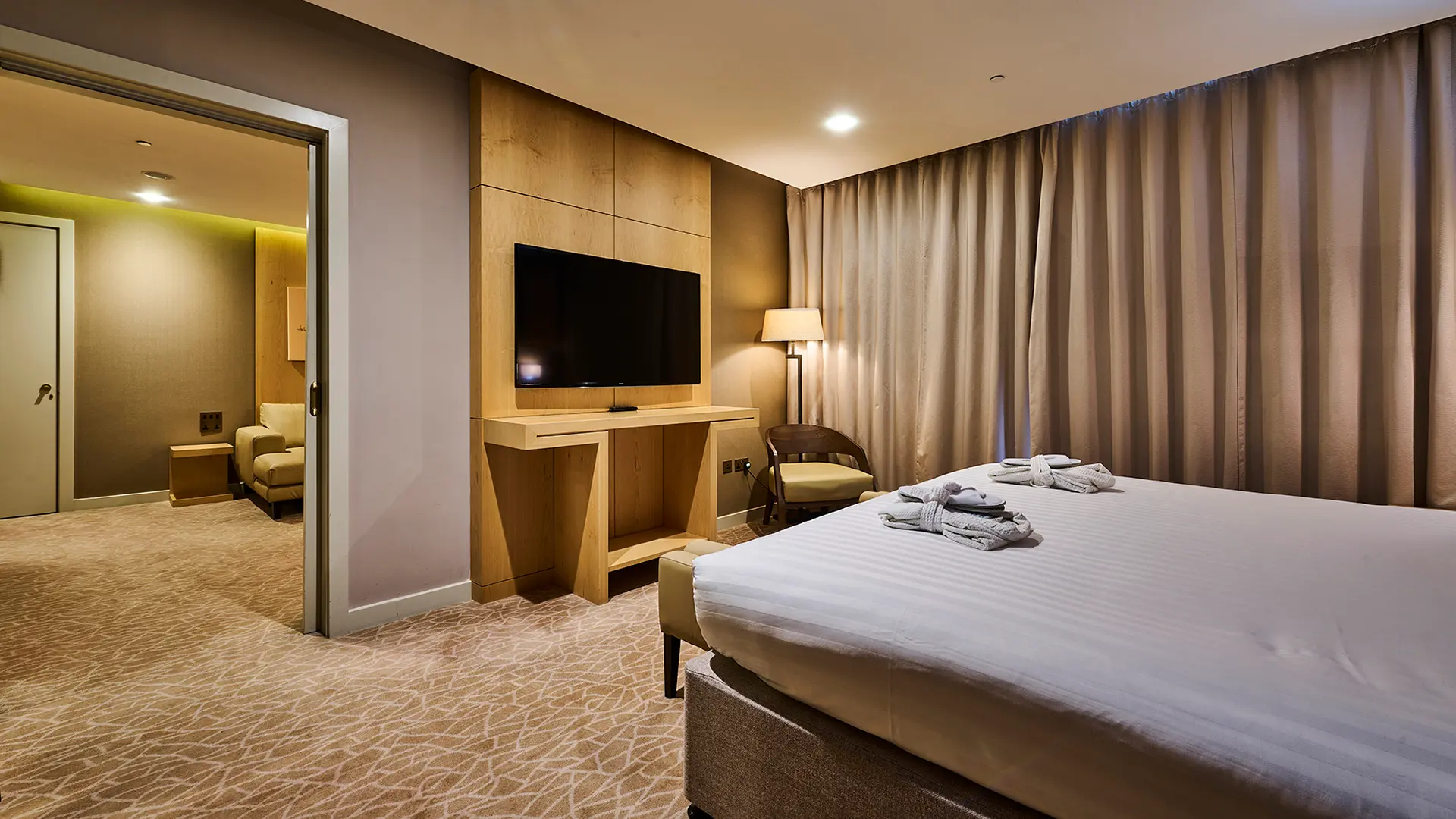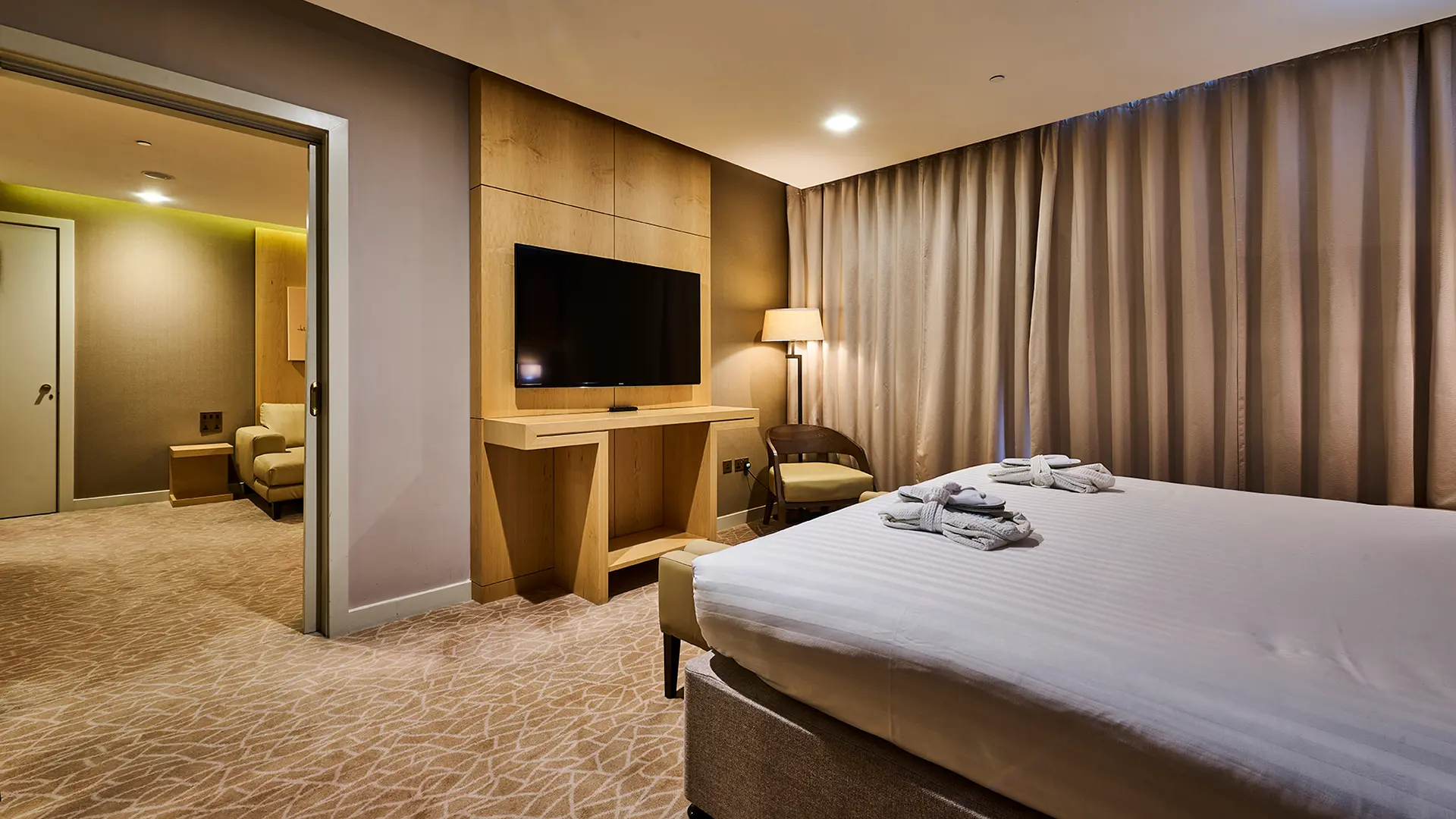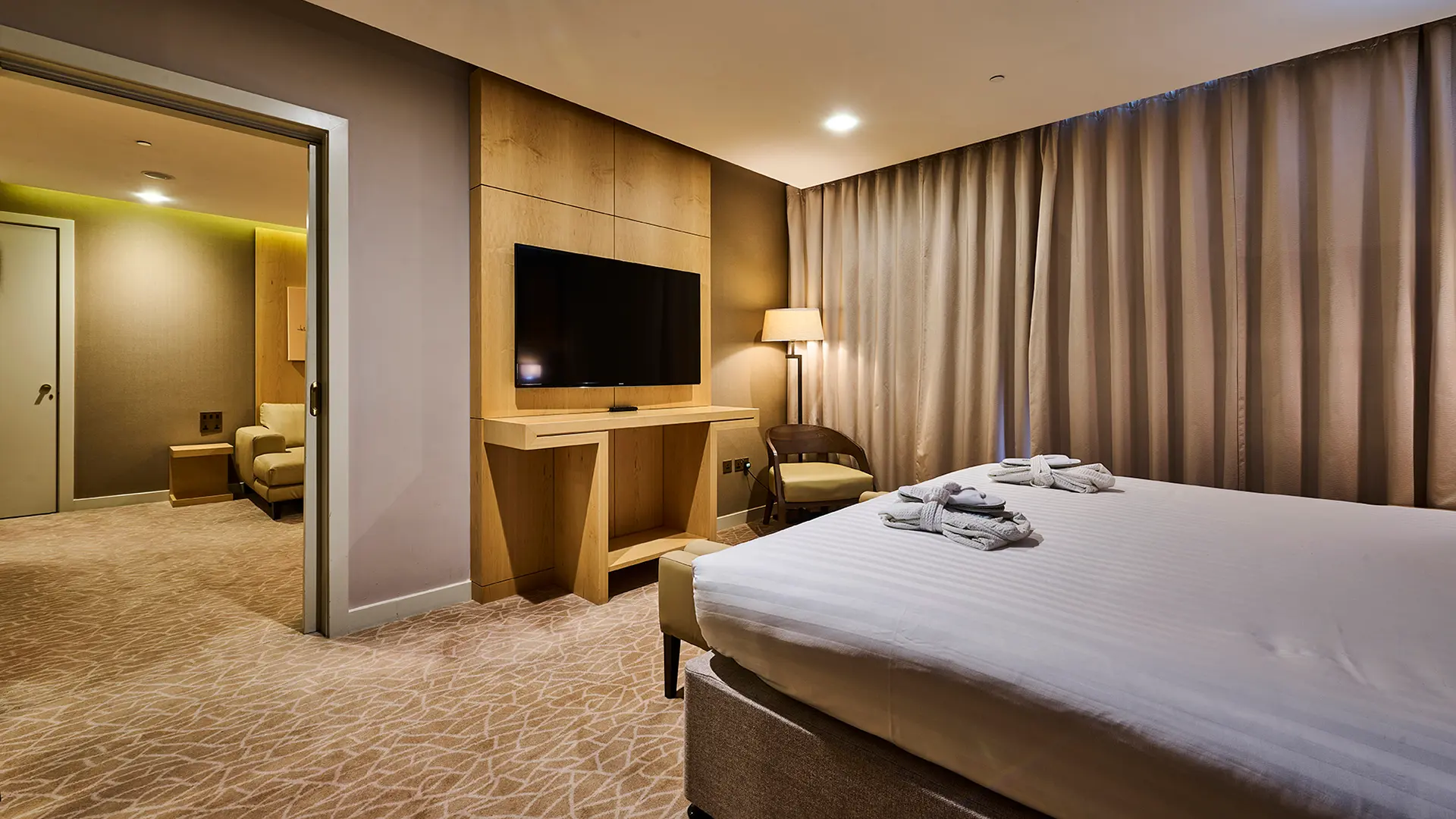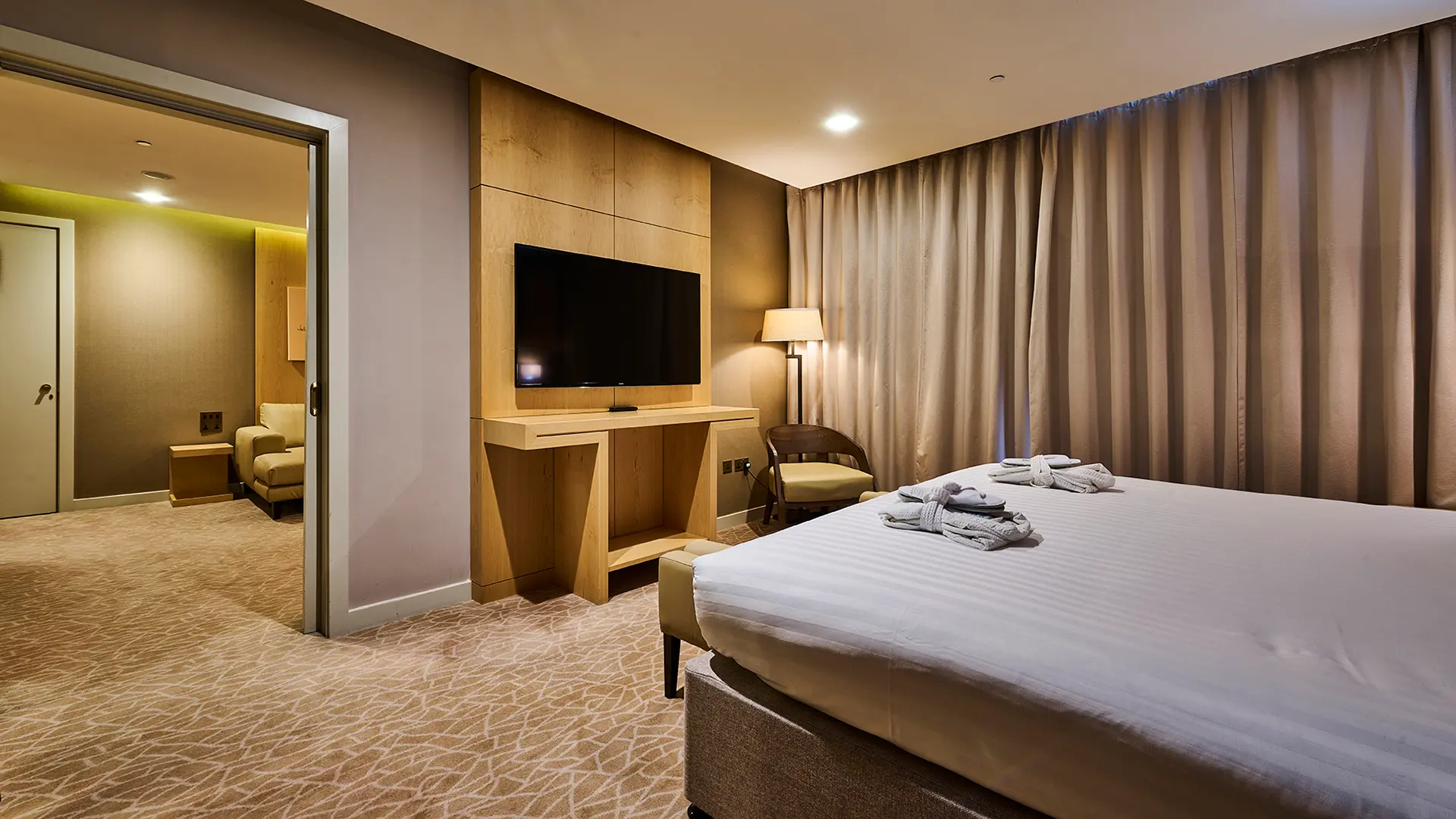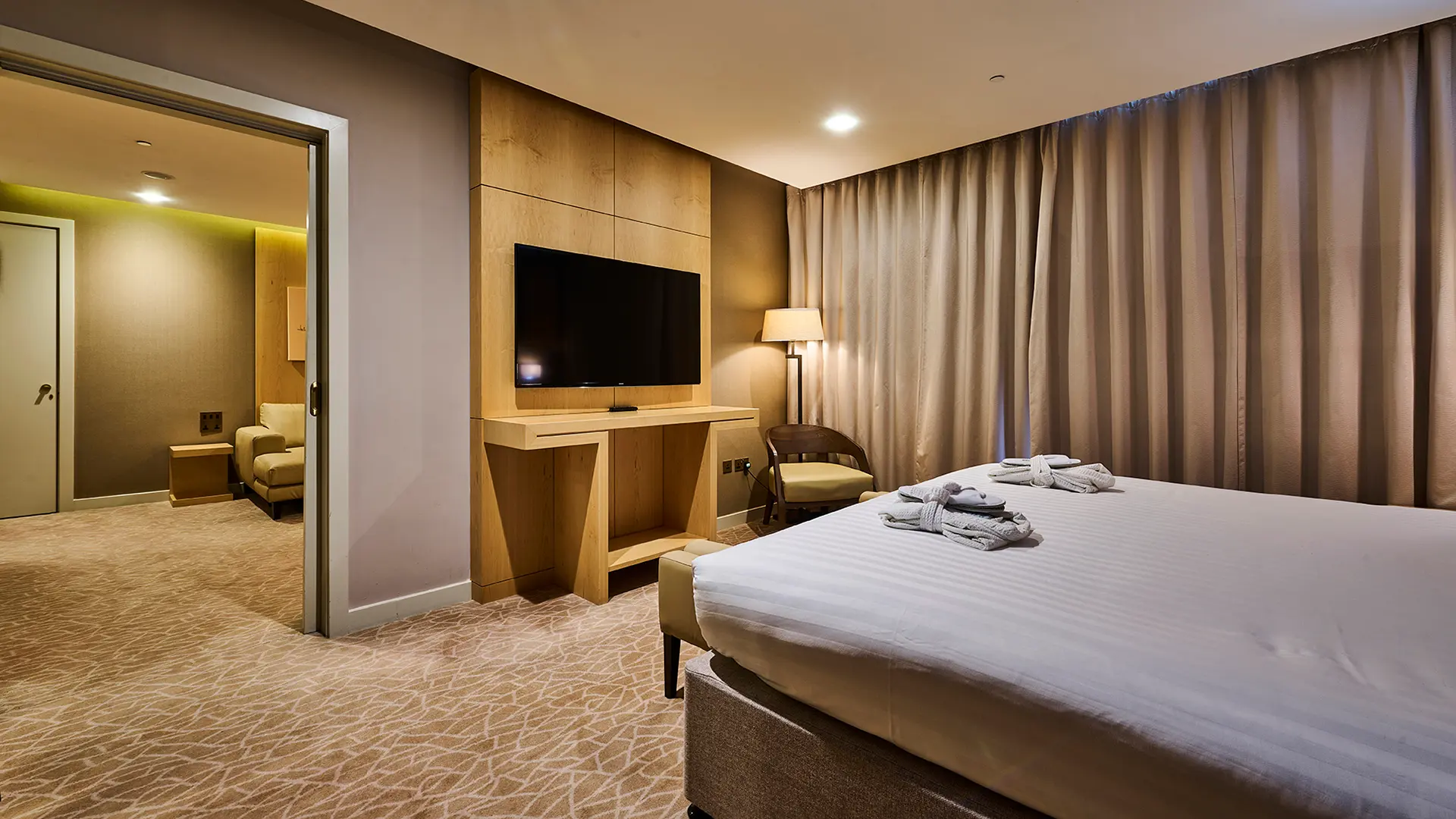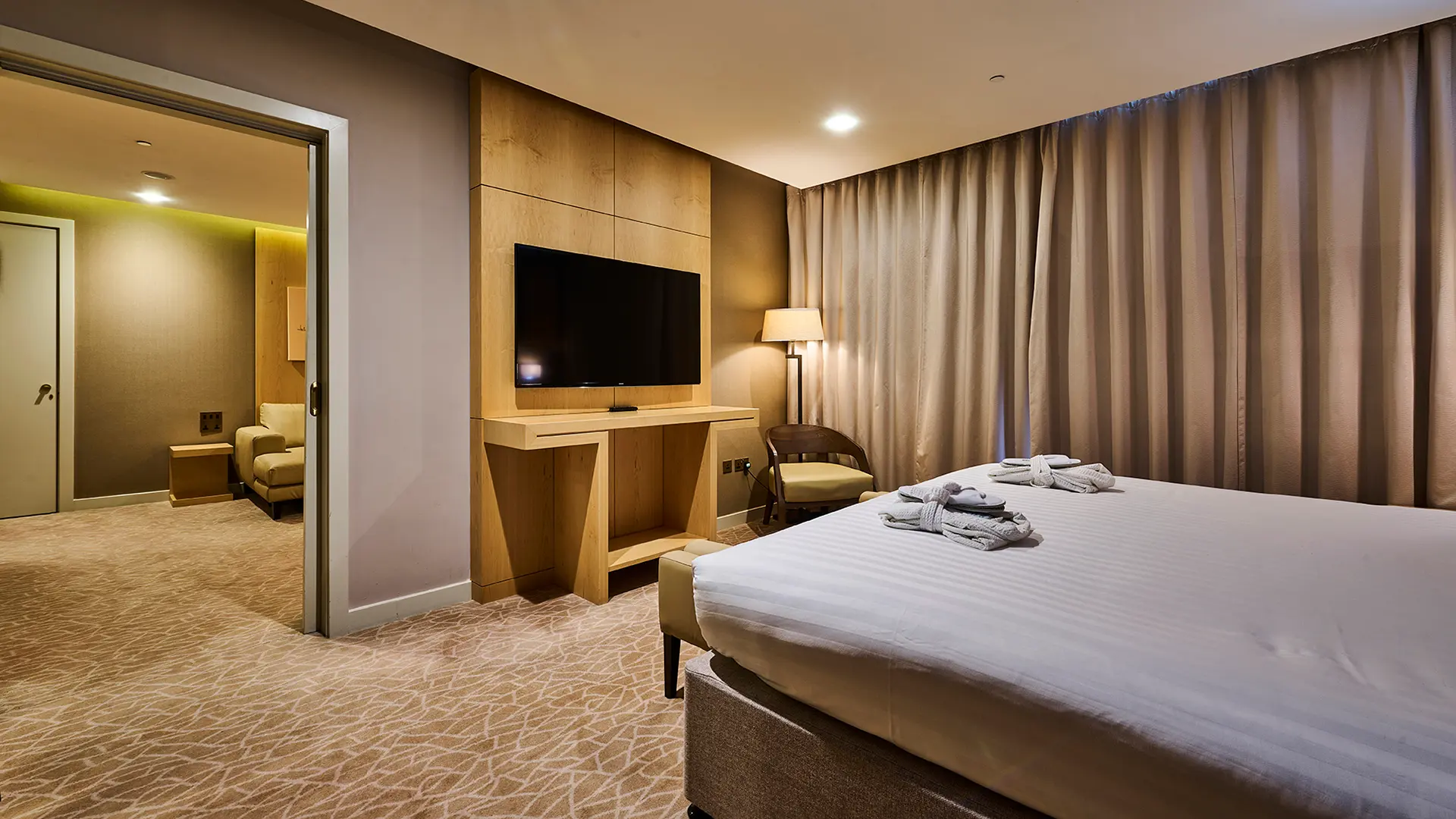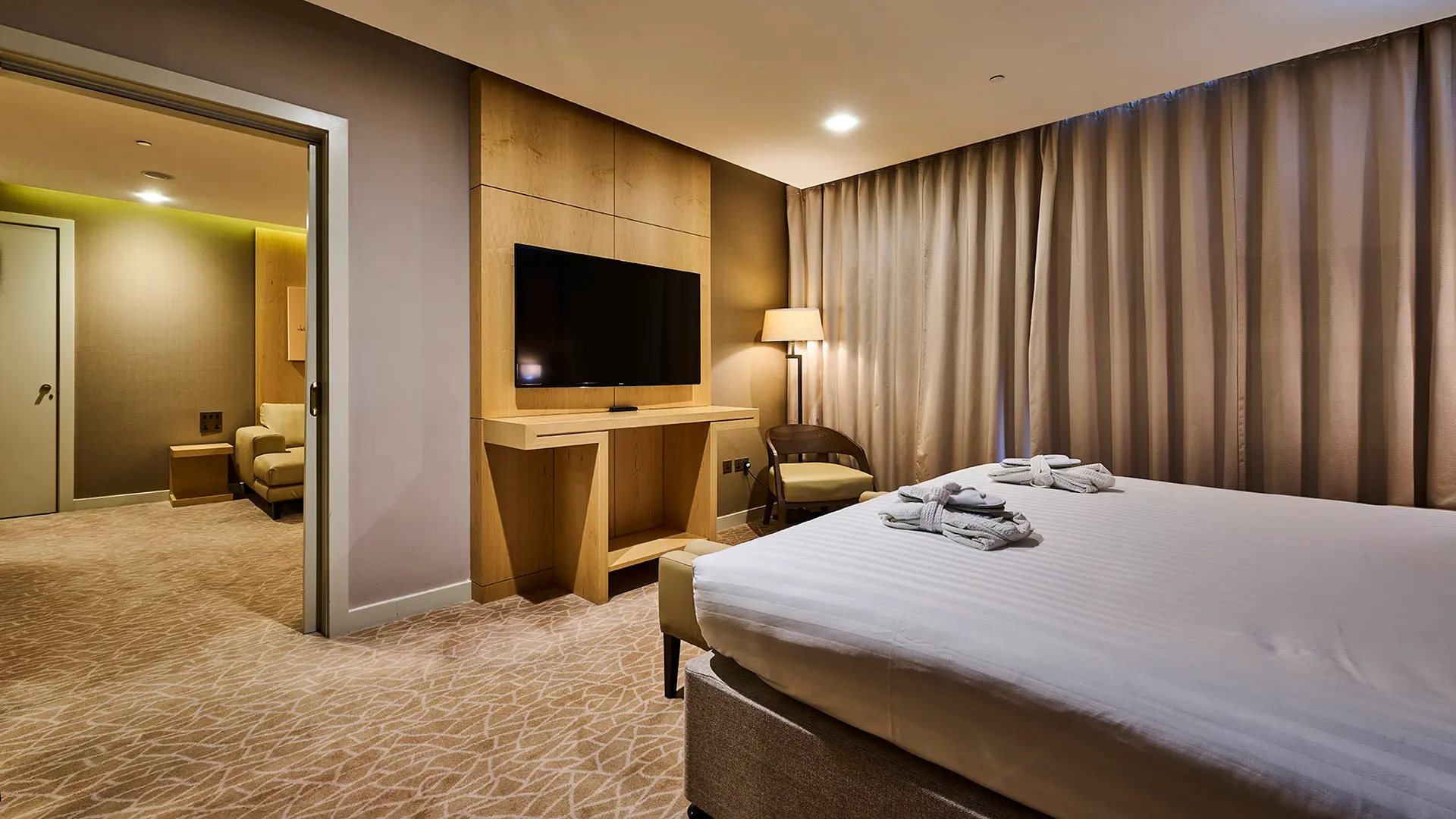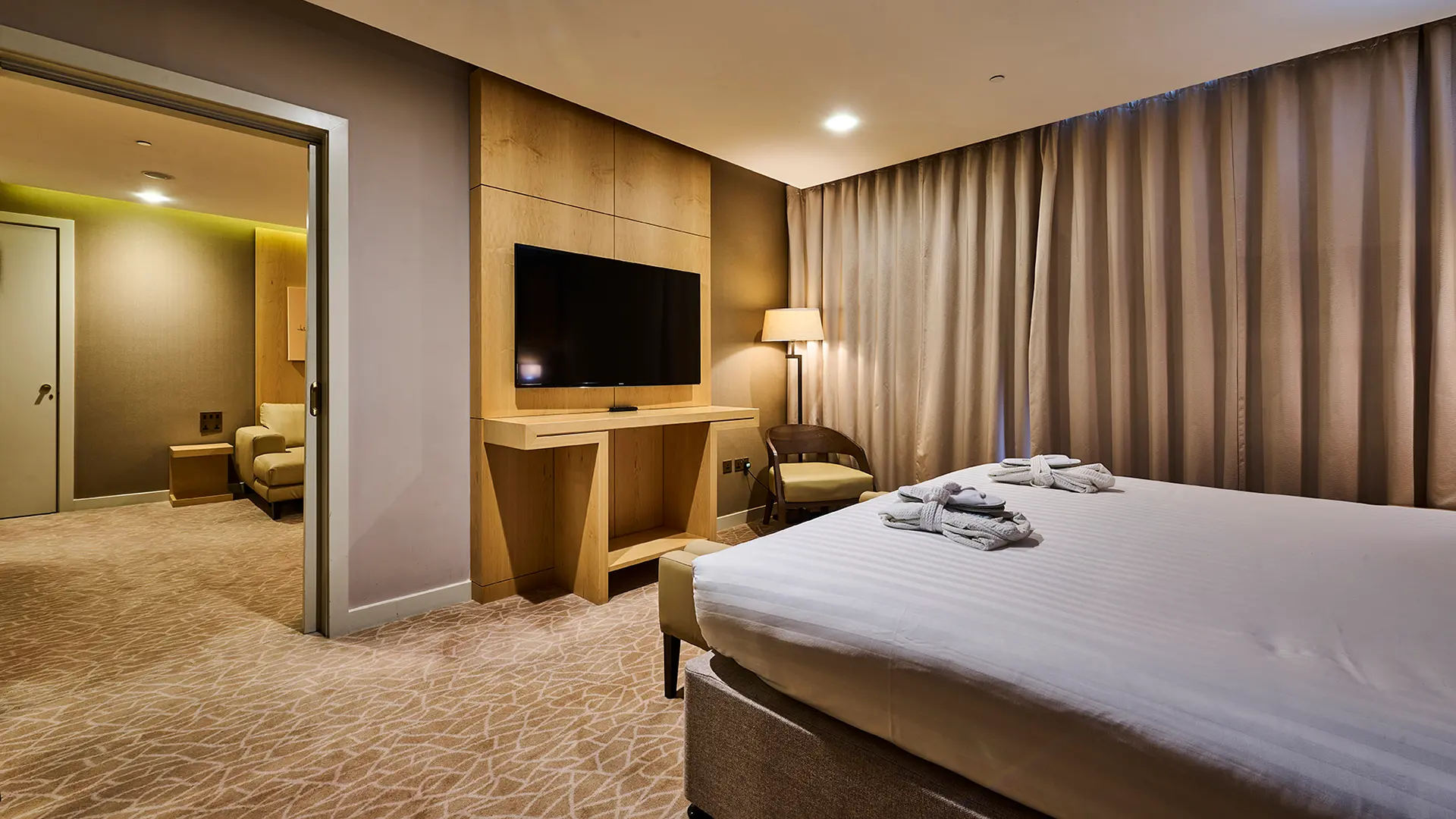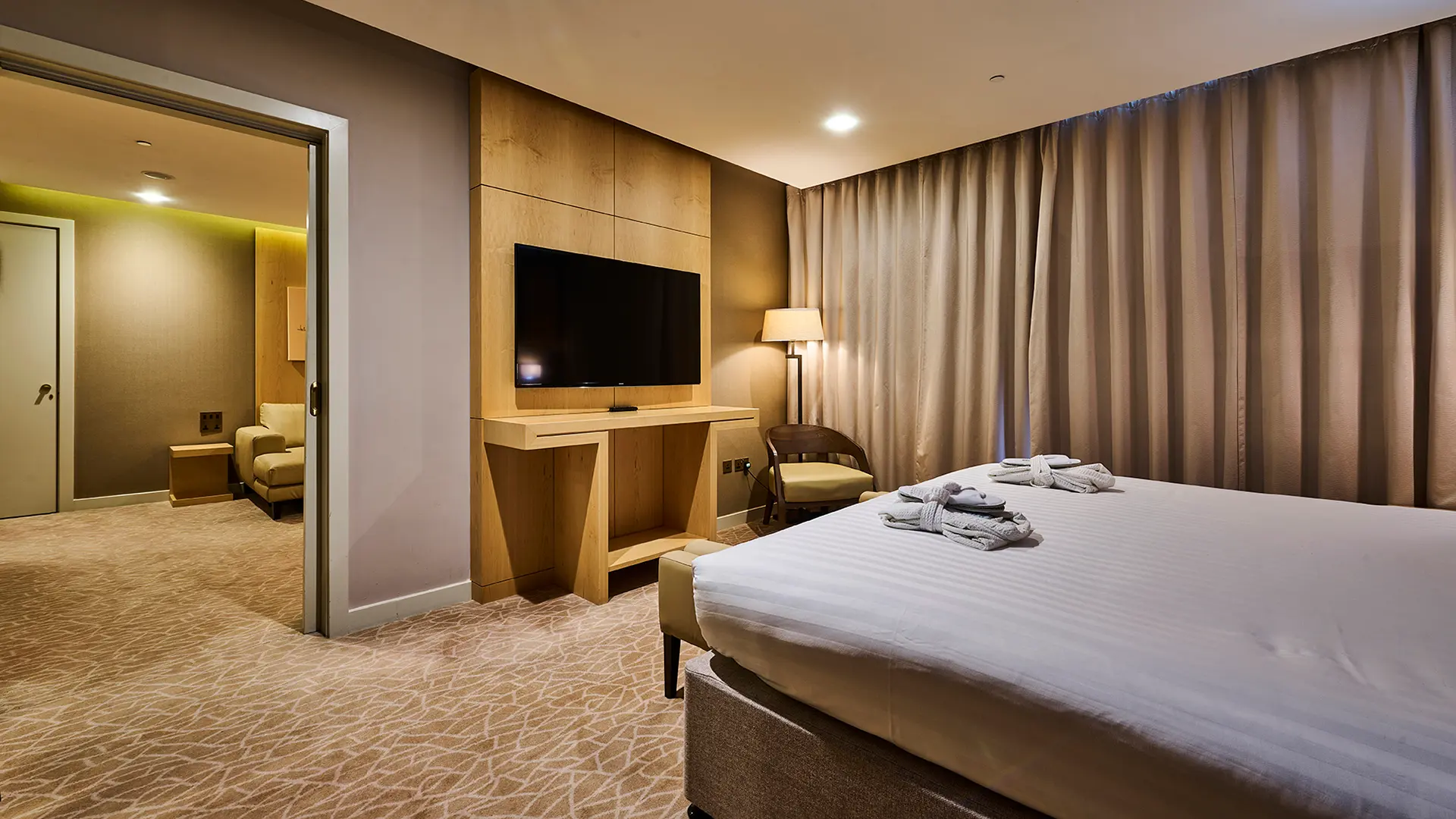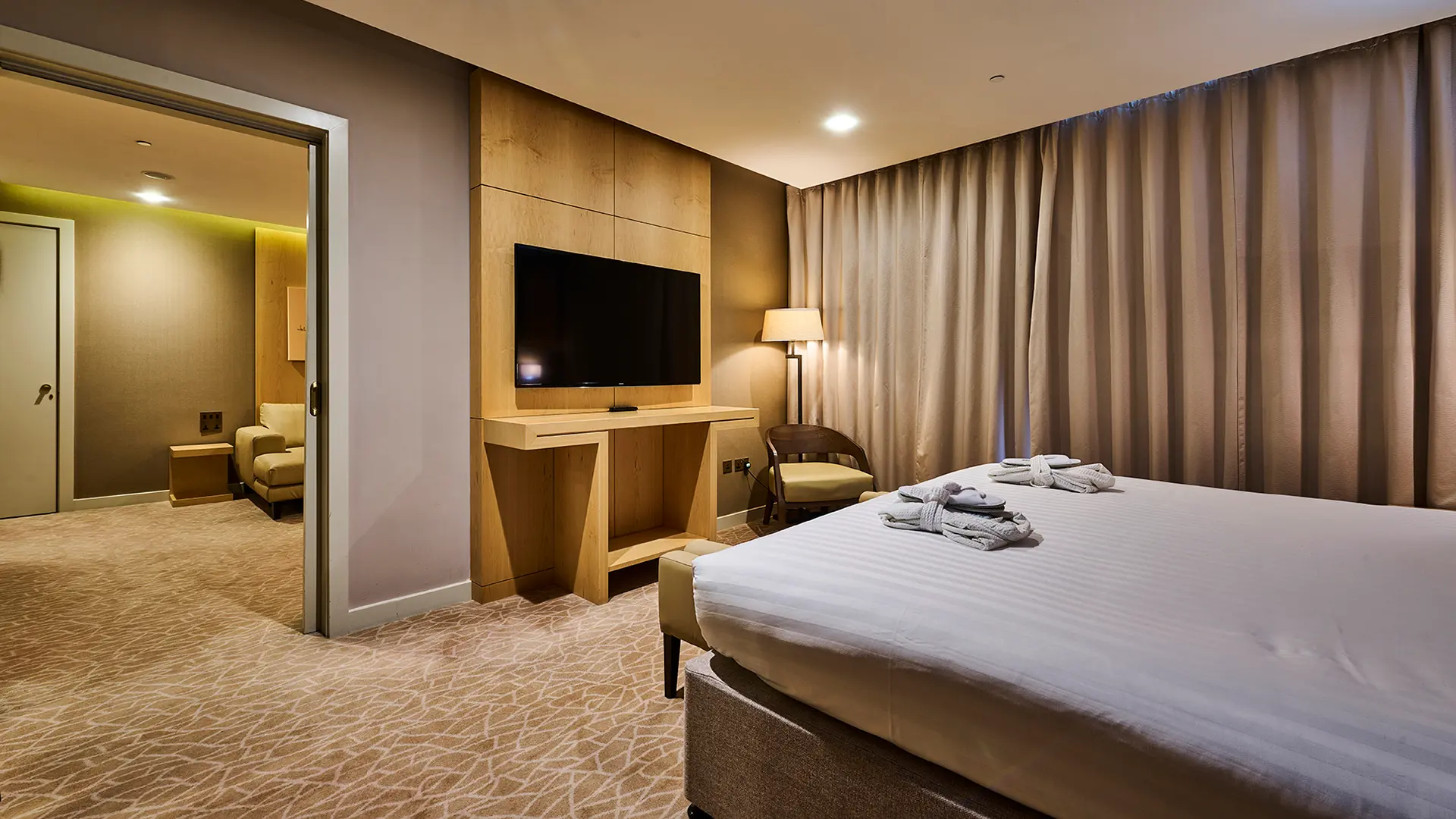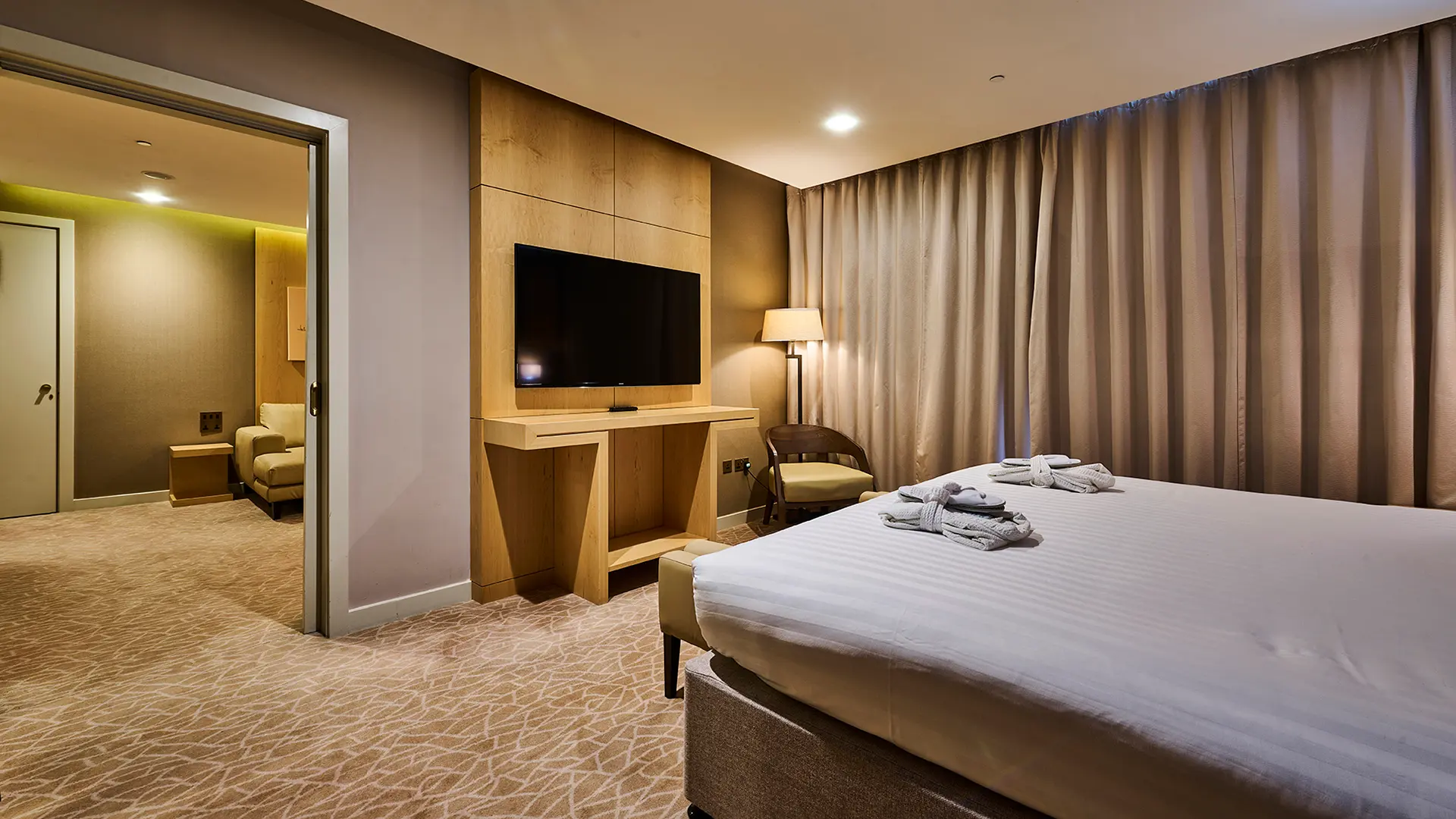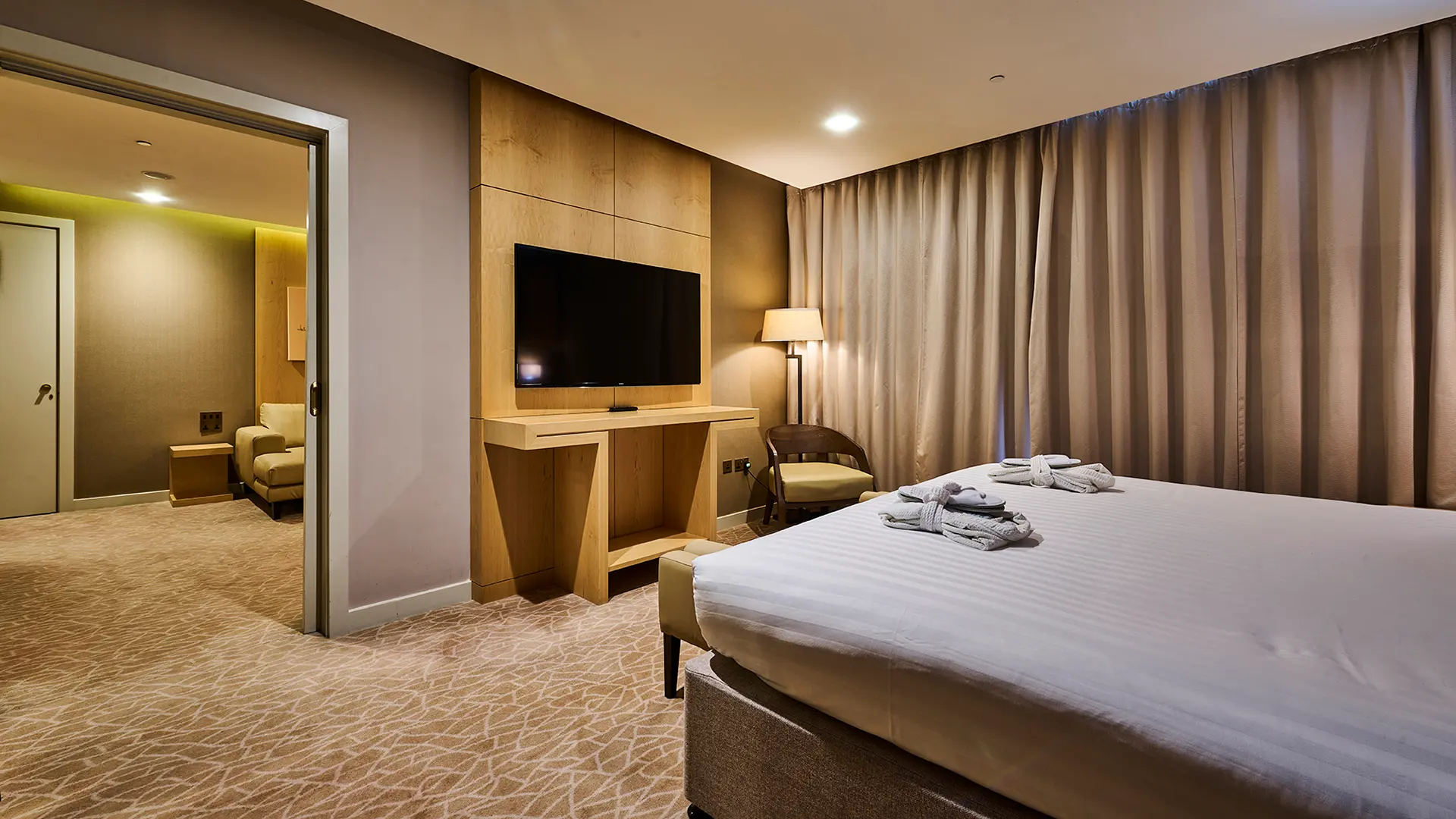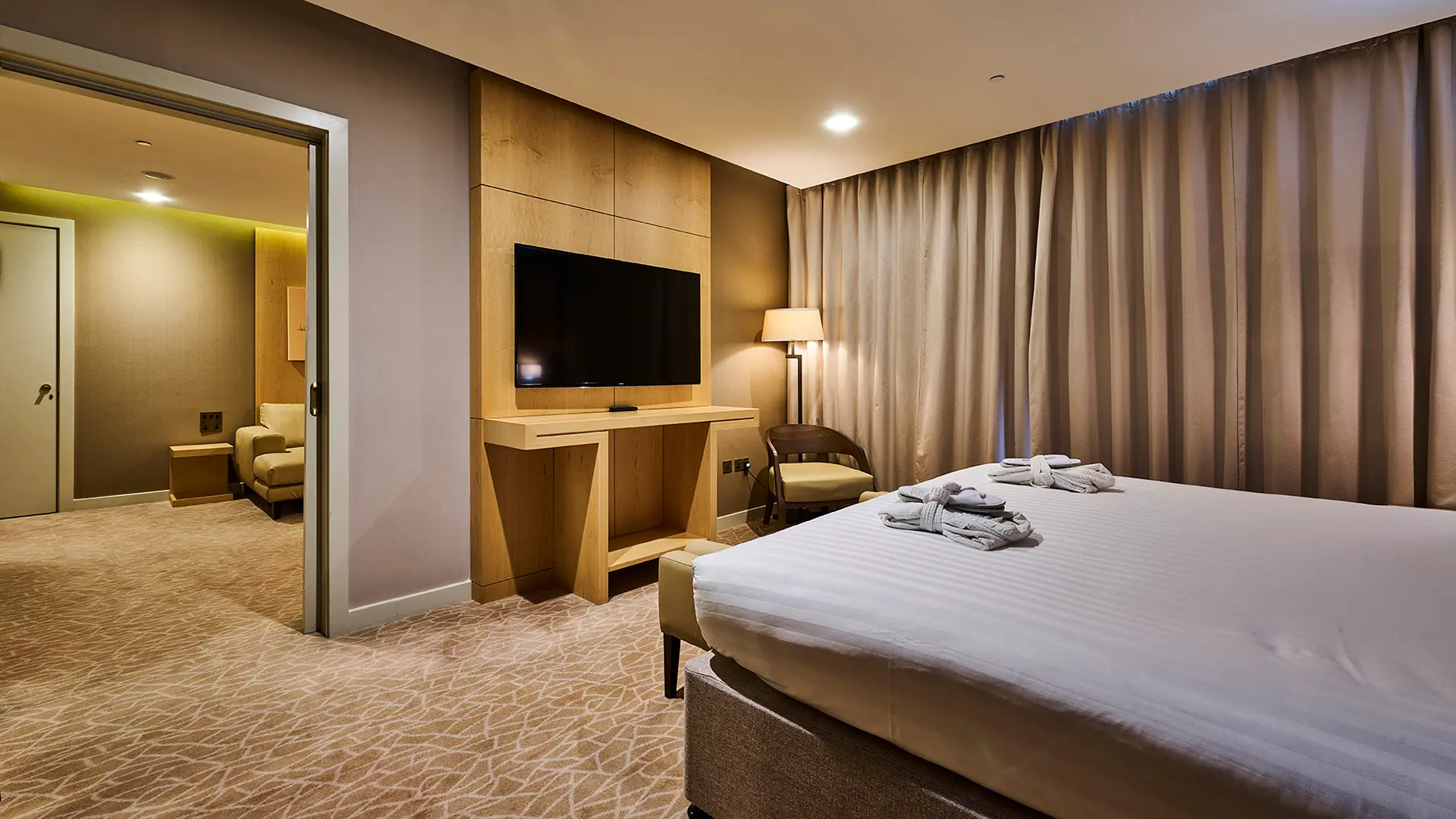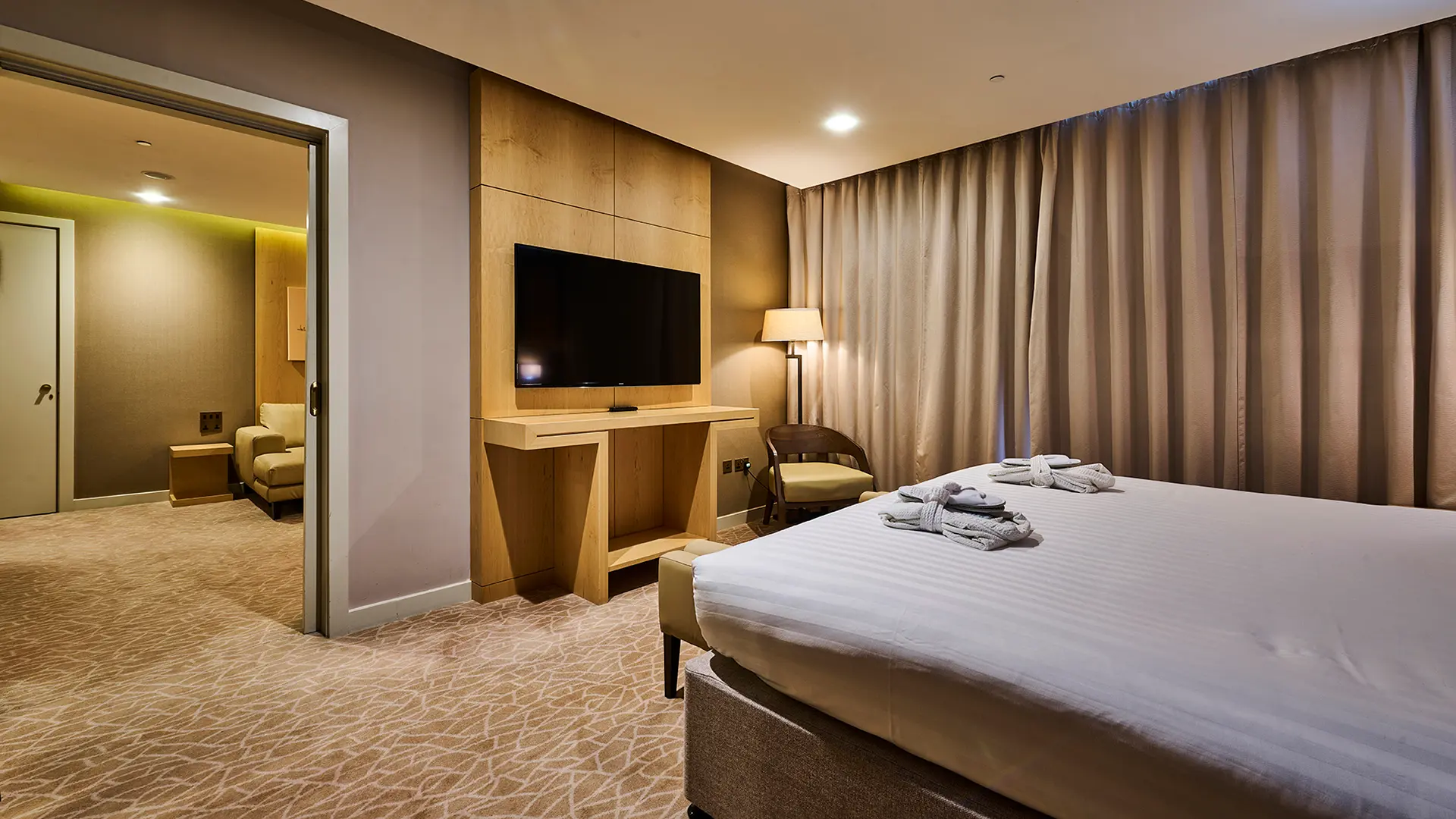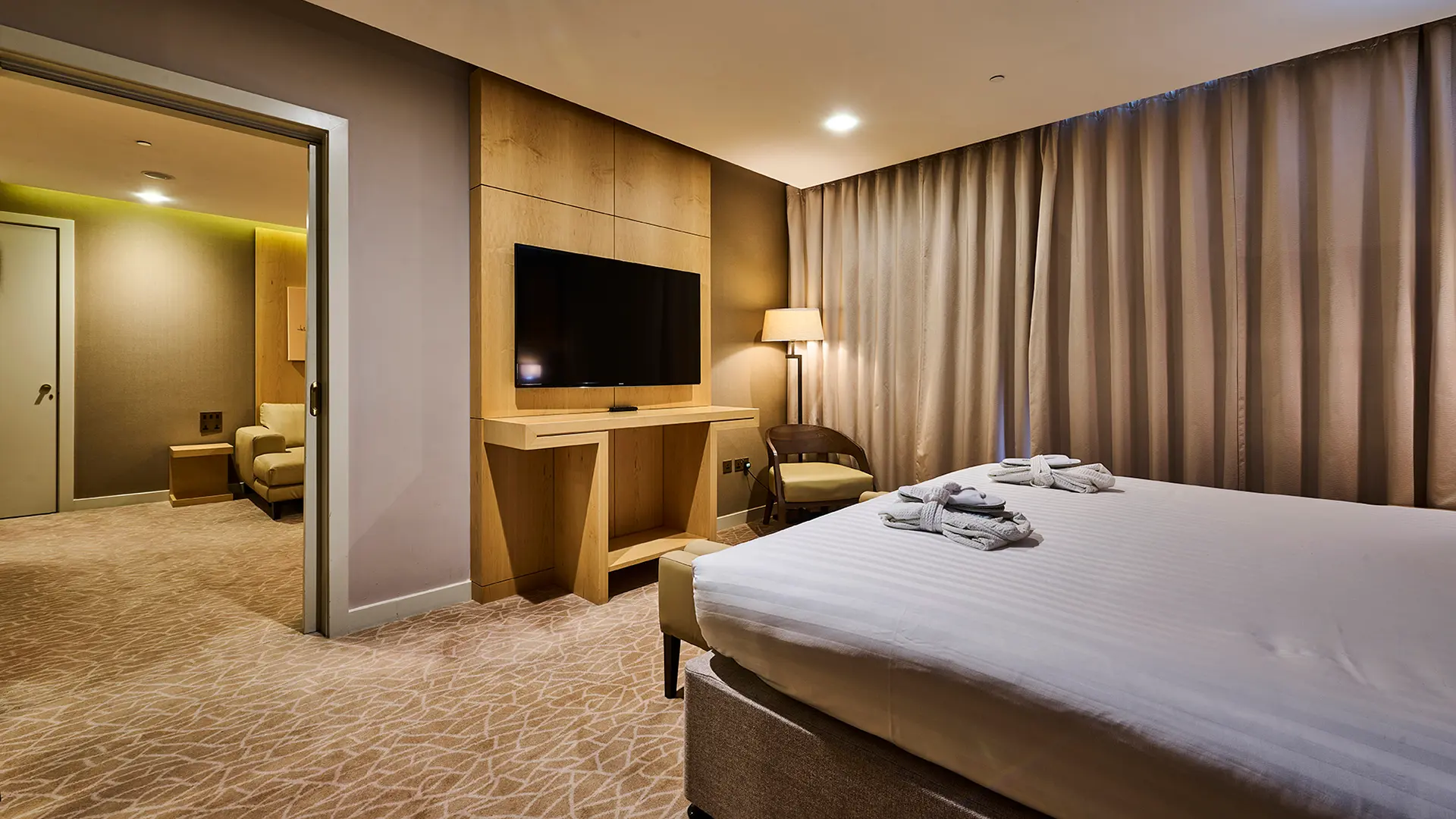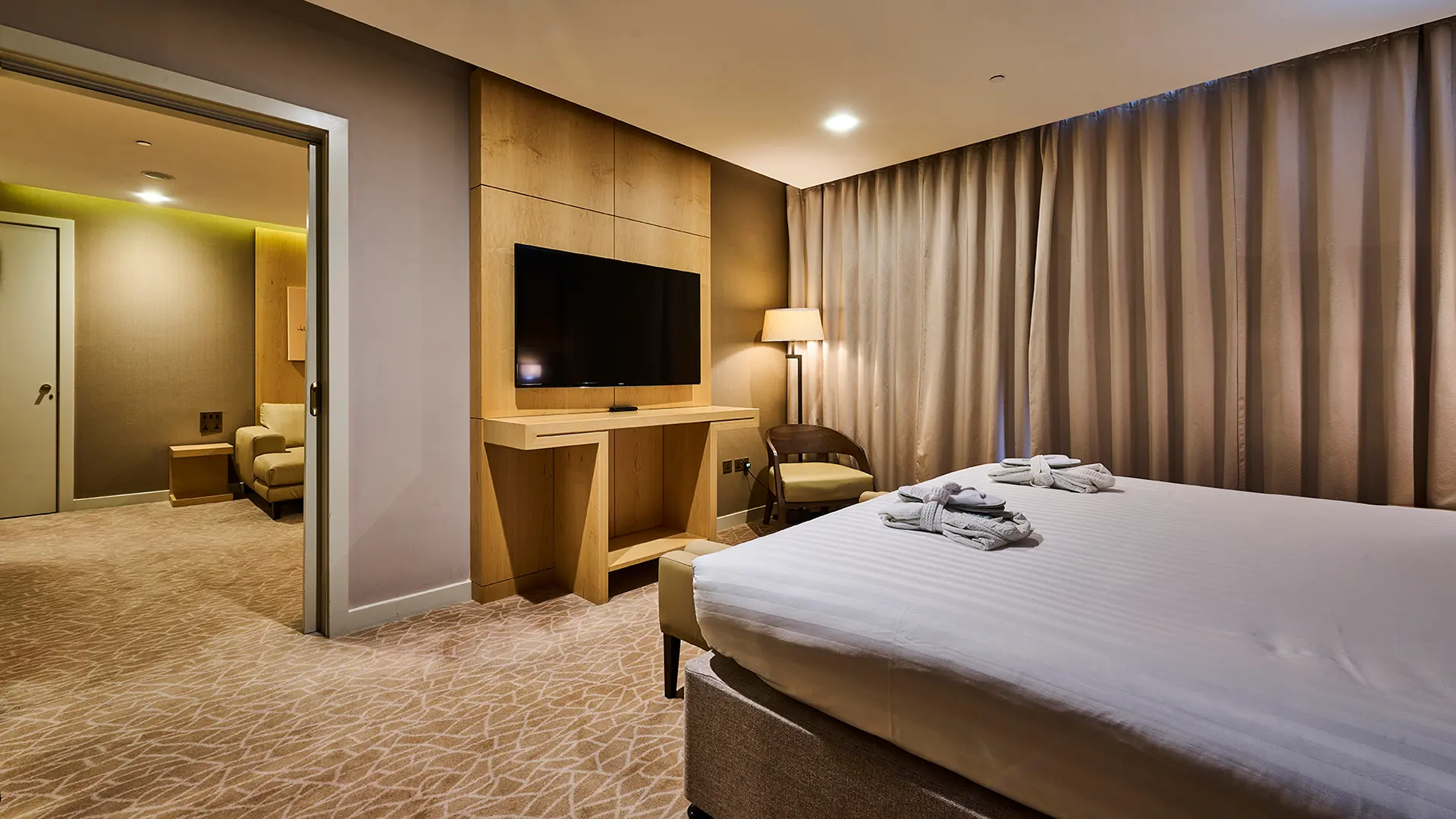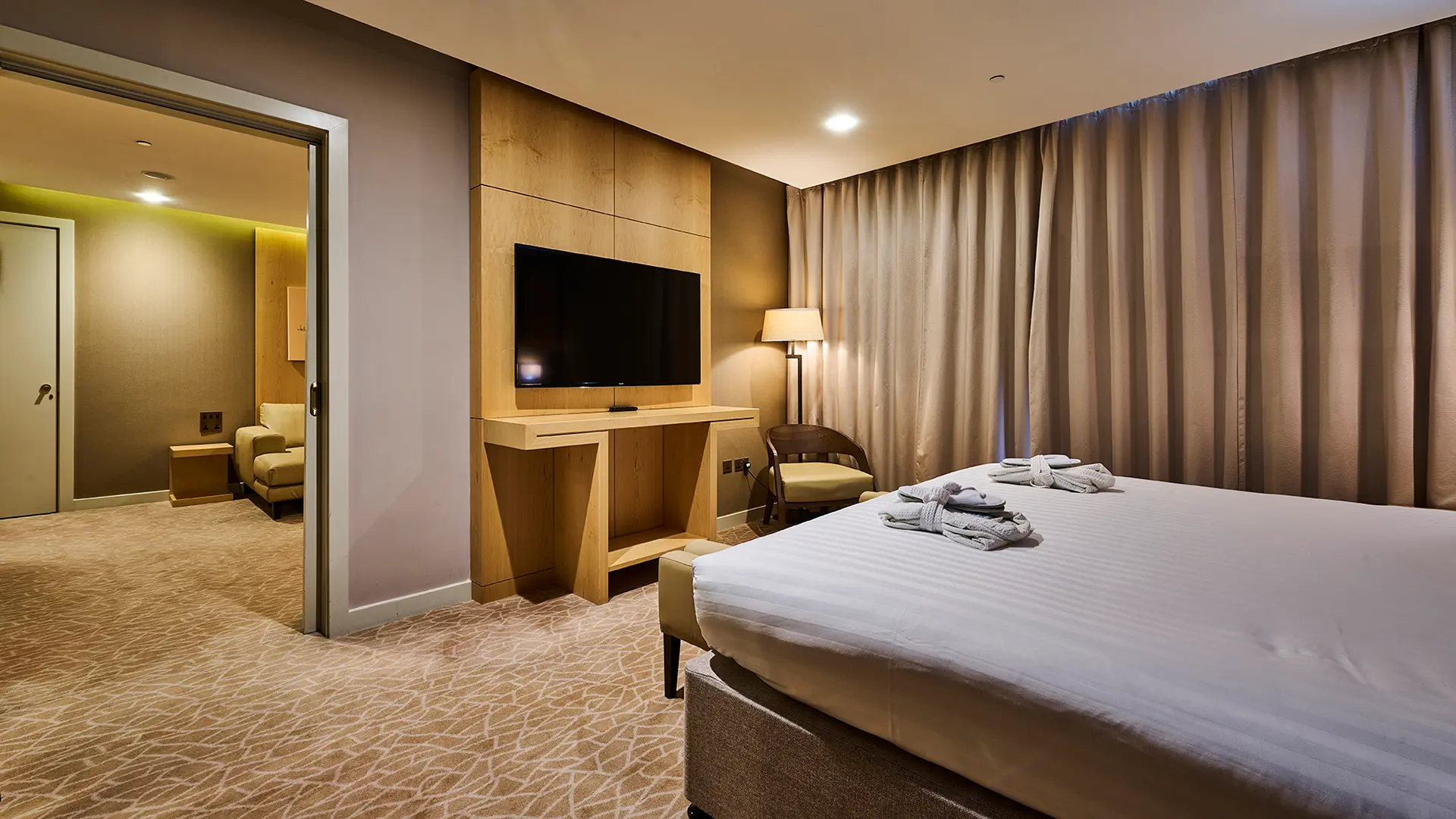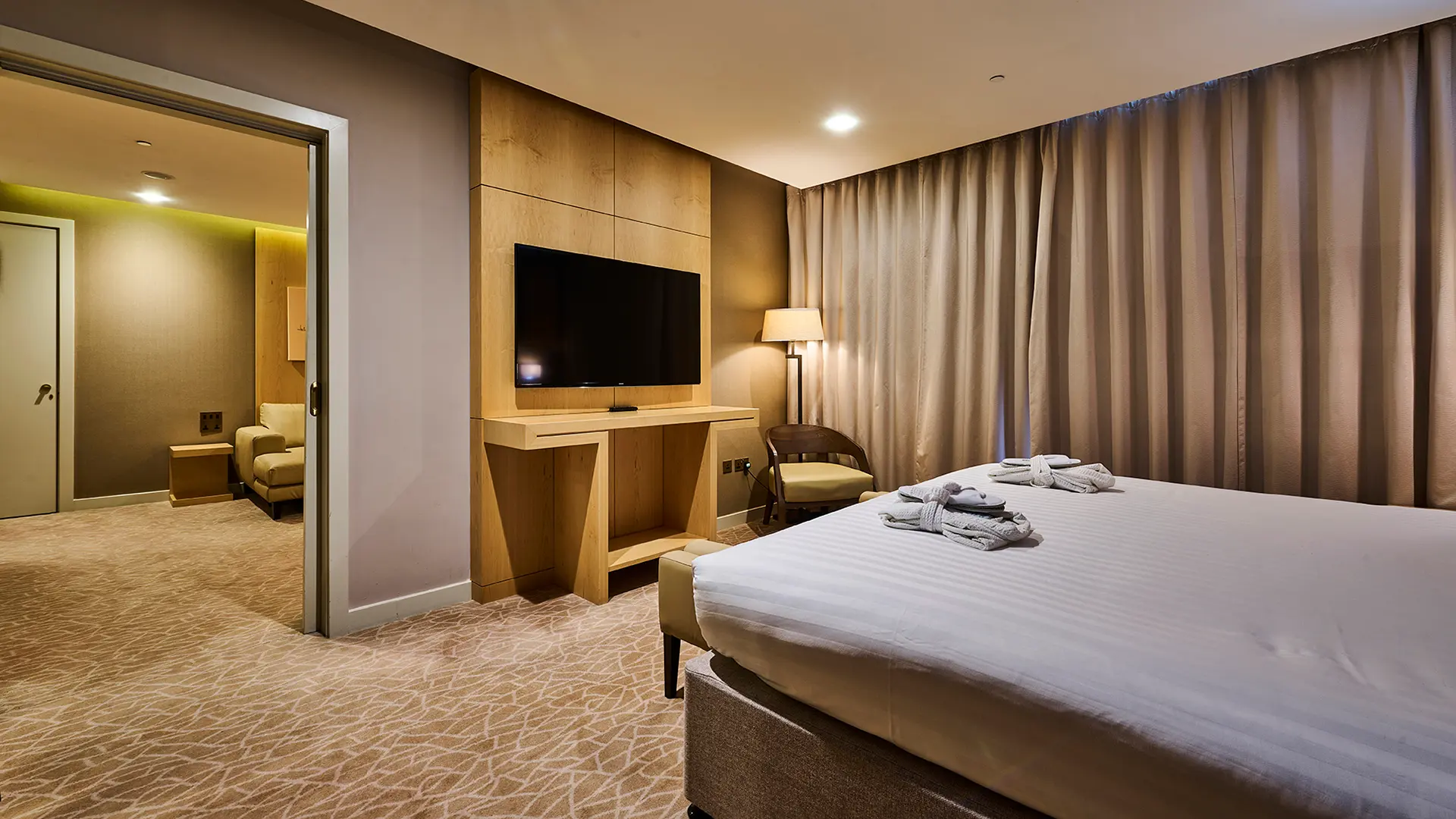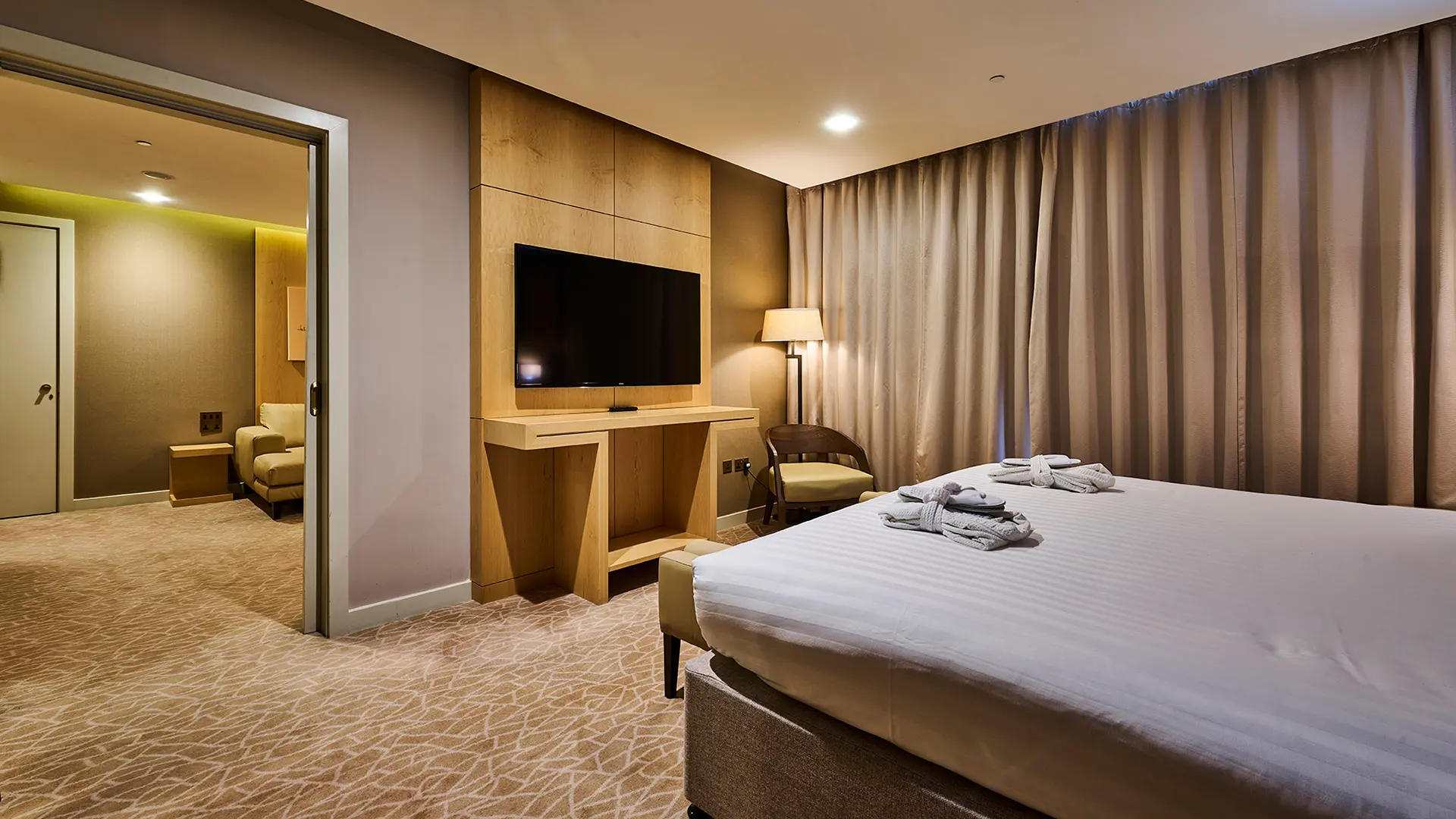Historic hotels represent some of the most cherished and valuable properties in the hospitality industry. These magnificent buildings, often centuries old, combine architectural heritage with modern hospitality services, creating unique insurance challenges that require specialized coverage solutions. From Victorian coaching inns to Georgian manor houses converted into luxury hotels, these properties demand insurance policies that understand both their historical significance and contemporary commercial operations.
Understanding Historic Hotel Insurance Requirements
Historic hotels face a complex web of insurance considerations that standard commercial property policies simply cannot address adequately. These properties typically feature irreplaceable architectural elements, period fixtures, and heritage features that would be impossible or prohibitively expensive to recreate using modern materials and techniques. The insurance coverage must account for the property's historical value while ensuring comprehensive protection for the modern hotel business operating within these walls.
The unique nature of historic hotels means that standard replacement cost calculations often fall short. A Victorian hotel's ornate plasterwork, original hardwood floors, stained glass windows, and period fixtures cannot be replaced with modern equivalents without losing the property's essential character and heritage value. This creates the need for specialized valuation methods and coverage approaches that recognize the true cost of authentic restoration and heritage-appropriate repairs.
Key Coverage Areas for Historic Hotels
Heritage Building Protection
The cornerstone of historic hotel insurance lies in comprehensive building coverage that recognizes the property's heritage status. This includes protection for the building's structure, architectural features, and period elements that contribute to its historical significance. Coverage must extend to specialized restoration costs, including the need for heritage craftspeople, period-appropriate materials, and compliance with conservation requirements.
Historic hotels often require coverage for features such as original timber framing, period stonework, heritage roofing materials, and decorative elements that may not be covered under standard commercial property policies. The insurance must also account for the additional costs associated with obtaining necessary permissions from heritage authorities and complying with conservation guidelines during any restoration work.
Contents and Fixtures Coverage
Historic hotels typically house valuable period furniture, artwork, and fixtures that contribute to the property's authentic atmosphere. These items often have significant antique value beyond their functional purpose and require specialized contents coverage that recognizes their historical and monetary worth. This includes period furniture, historical artifacts, vintage fixtures, and decorative items that cannot be easily replaced.
The contents coverage must also extend to modern hotel equipment and furnishings that have been carefully selected to complement the historic setting. This includes specialized kitchen equipment, period-appropriate lighting systems, and modern amenities that have been sensitively integrated into the historic fabric of the building.
Business Interruption Protection
Historic hotels face unique business interruption risks due to the specialized nature of restoration work required following damage. Standard business interruption policies may not adequately account for the extended periods required for heritage-compliant repairs and the specialized skills needed for authentic restoration work.
The coverage must consider factors such as the time required to obtain heritage permissions, source appropriate materials, and engage qualified heritage craftspeople. Historic hotels may face significantly longer closure periods than modern properties following damage, making comprehensive business interruption coverage essential for financial survival during restoration periods.
Public Liability and Guest Safety
Operating a hotel within a historic building presents unique public liability considerations. Period features such as uneven floors, low doorways, narrow staircases, and original architectural elements may pose risks to guests unfamiliar with historic building characteristics. The insurance must provide comprehensive public liability coverage that accounts for these heritage-related risks while protecting the hotel's commercial interests.
This coverage extends to guest accidents related to the building's historic features, injuries from period fixtures or fittings, and incidents arising from the unique characteristics of historic architecture. The policy must balance protection for the business with recognition of the challenges inherent in operating modern hospitality services within heritage buildings.
Professional Indemnity for Heritage Hospitality
Historic hotels often market themselves based on their heritage credentials and historical significance. This creates potential professional indemnity exposures if guests feel misled about the property's historical claims or if the hotel fails to deliver the authentic heritage experience promised in marketing materials.
Professional indemnity coverage should protect against claims arising from historical inaccuracies in marketing materials, disputes over heritage claims, and guest complaints related to the authentic historic experience. This coverage becomes particularly important for hotels that offer historical tours, heritage experiences, or educational programs as part of their service offering.
Specialized Risk Factors for Historic Hotels
Fire Risk Management
Historic buildings often present elevated fire risks due to original timber construction, period electrical systems, and architectural features that may not meet modern fire safety standards. Historic hotels must balance fire safety requirements with heritage conservation needs, often requiring specialized fire protection systems that can be sensitively integrated into the historic fabric.
The insurance must account for the increased fire risk while recognizing the limitations placed on fire safety modifications by heritage conservation requirements. This includes coverage for specialized fire suppression systems, heritage-appropriate fire safety measures, and the additional costs of fire damage restoration in historic properties.
Weather and Environmental Risks
Historic hotels are often more vulnerable to weather-related damage due to their age and construction methods. Period roofing systems, original windows, and heritage building materials may be more susceptible to storm damage, flooding, and gradual deterioration from environmental factors.
The insurance coverage must address these heightened environmental risks while providing for restoration using appropriate heritage materials and techniques. This includes protection against storm damage to period roofing, flooding risks in historic cellars and basements, and gradual damage from environmental factors affecting historic building materials.
Theft and Security Considerations
Historic hotels often house valuable antiques, artwork, and period fixtures that may attract criminal attention. The security challenges of protecting valuable items within historic buildings, where modern security systems must be sensitively integrated, create unique theft risks that require specialized coverage.
The insurance must provide comprehensive theft protection for valuable contents while recognizing the limitations placed on security measures by heritage conservation requirements. This includes coverage for stolen antiques, damage caused during theft attempts, and the costs of implementing heritage-appropriate security measures.
Regulatory and Compliance Factors
Heritage Authority Requirements
Historic hotels must comply with various heritage protection regulations and conservation requirements that can significantly impact insurance considerations. Listed building consent, conservation area restrictions, and heritage authority requirements all influence the approach to repairs, modifications, and restoration work.
The insurance policy must recognize these regulatory requirements and provide coverage for the additional costs associated with heritage compliance. This includes the costs of obtaining necessary permissions, engaging heritage consultants, and ensuring all work meets conservation standards.
Modern Safety Standards
Balancing modern safety requirements with heritage conservation needs creates complex compliance challenges for historic hotels. Fire safety regulations, accessibility requirements, and health and safety standards must be met while preserving the building's historic character and significance.
The insurance coverage must account for the costs of implementing modern safety standards in heritage buildings, including specialized solutions that meet both safety and conservation requirements. This may include heritage-appropriate fire safety systems, accessible facilities that preserve historic character, and safety measures that comply with both modern regulations and conservation guidelines.
Choosing the Right Insurance Provider
Heritage Property Expertise
Selecting an insurance provider with specific experience in heritage property risks is crucial for historic hotels. The insurer must understand the unique challenges of historic buildings, the costs of heritage-compliant restoration, and the regulatory environment surrounding listed buildings and conservation areas.
Look for insurers who demonstrate experience with similar heritage hospitality properties, understanding of conservation requirements, and established relationships with heritage craftspeople and specialists. The provider should offer valuation services that recognize both the commercial and heritage value of the property.
Specialized Claims Handling
Historic hotel insurance claims require specialized handling due to the complex nature of heritage restoration work. The insurer should have established procedures for managing heritage property claims, including access to qualified loss adjusters with conservation experience and relationships with heritage craftspeople and specialists.
The claims process should recognize the additional time and costs associated with heritage-compliant repairs while providing appropriate interim support during extended restoration periods. This includes understanding of heritage authority requirements and the specialized approval processes required for restoration work.
Risk Management and Prevention
Preventive Conservation
Effective risk management for historic hotels involves ongoing preventive conservation to maintain the property's condition and reduce the likelihood of major damage. This includes regular maintenance using appropriate materials and techniques, monitoring of environmental conditions, and proactive care of heritage features.
The insurance provider should support preventive conservation efforts through risk management advice, maintenance recommendations, and potentially premium reductions for properties demonstrating good conservation practice. This partnership approach helps preserve the heritage asset while managing insurance risks.
Staff Training and Awareness
Historic hotels require specialized staff training to ensure team members understand the unique characteristics and vulnerabilities of heritage buildings. This includes training on the proper care of period features, recognition of potential heritage-related risks, and appropriate emergency procedures for historic properties.
Insurance providers may offer risk management support including staff training programs, heritage awareness sessions, and guidance on best practices for operating hospitality services within historic buildings. This educational approach helps reduce risks while preserving the authentic heritage experience.
Financial Considerations
Premium Factors
Historic hotel insurance premiums reflect the specialized nature of these properties and the unique risks they present. Factors influencing premiums include the building's age and condition, heritage designation status, location and environmental risks, previous claims history, and the extent of modern safety and security measures implemented.
While heritage property insurance may command higher premiums than standard commercial property coverage, the specialized protection provided is essential for preserving both the physical asset and the business operating within it. The cost of inadequate coverage following a major loss far exceeds the additional premium for appropriate heritage property protection.
Valuation Considerations
Accurate valuation of historic hotels requires specialized expertise that recognizes both the commercial value of the hospitality business and the heritage value of the property itself. This includes consideration of replacement costs using appropriate materials and techniques, the value of irreplaceable heritage features, and the commercial impact of the property's historic character on business operations.
Regular revaluation is essential to ensure coverage remains adequate as restoration costs and heritage material prices fluctuate. The valuation should be conducted by professionals with specific experience in heritage property assessment and understanding of conservation requirements.
Claims Process and Restoration
Heritage-Compliant Restoration
Following damage to a historic hotel, the restoration process must balance the need for rapid business resumption with the requirements for heritage-compliant repair work. This often involves extended timescales to obtain necessary permissions, source appropriate materials, and engage qualified heritage craftspeople.
The insurance policy should provide clear guidance on the claims process for heritage properties, including the role of heritage consultants, the approval process for restoration specifications, and the coordination between insurance requirements and conservation obligations. This structured approach helps ensure restoration work meets both insurance and heritage standards.
Business Continuity During Restoration
Historic hotels face particular challenges in maintaining business operations during restoration work due to the specialized nature of heritage repairs and the potential for extended closure periods. The insurance coverage should provide comprehensive business interruption protection that recognizes these unique challenges.
This may include coverage for alternative accommodation arrangements, additional expenses incurred in maintaining business relationships during closure, and the costs of temporary facilities that allow partial business operations to continue during restoration work.
Future Considerations for Historic Hotel Insurance
Climate Change Impacts
Historic hotels face increasing risks from climate change, including more frequent extreme weather events, changing precipitation patterns, and rising temperatures that may affect historic building materials. Insurance coverage must evolve to address these emerging risks while supporting adaptation measures that preserve heritage character.
This includes coverage for climate adaptation measures, protection against increased weather-related risks, and support for conservation strategies that enhance resilience while preserving historic significance. The insurance industry's response to climate change will significantly impact the future insurability and protection of heritage hospitality properties.
Technology Integration
The integration of modern technology within historic hotels presents both opportunities and challenges for insurance coverage. Smart building systems, modern security technology, and digital guest services must be sensitively integrated into heritage buildings while maintaining their historic character.
Insurance policies must evolve to cover technology-related risks while recognizing the constraints placed on technological integration by heritage conservation requirements. This includes coverage for technology failures, cyber risks, and the specialized costs of implementing modern systems within historic buildings.
Conclusion
Historic hotel insurance represents a specialized field that requires deep understanding of both heritage conservation and hospitality industry risks. These magnificent properties deserve insurance coverage that recognizes their unique value and provides comprehensive protection for both their heritage significance and commercial operations. By working with experienced heritage property insurers and implementing appropriate risk management strategies, historic hotel operators can ensure their properties remain protected while continuing to offer guests the authentic heritage experiences that make these establishments so special.
The investment in appropriate historic hotel insurance is not just about protecting a commercial asset – it's about preserving irreplaceable heritage for future generations while ensuring the financial sustainability of the hospitality business that brings these historic properties to life. With the right insurance coverage and risk management approach, historic hotels can continue to thrive as both successful businesses and cherished heritage assets.
Get Expert Historic Hotel Insurance Advice
For specialized historic hotel insurance coverage tailored to your heritage property's unique needs, contact Insure24 today. Our experienced team understands the complexities of heritage hospitality insurance and can provide comprehensive coverage solutions that protect both your business and your property's historical significance.
Call us on 0330 127 2333 or visit www.insure24.co.uk for your quote today.


 0330 127 2333
0330 127 2333
